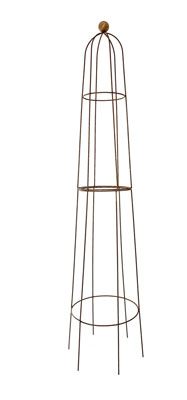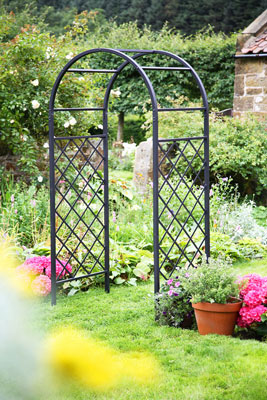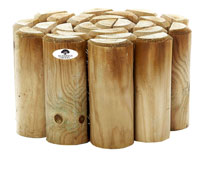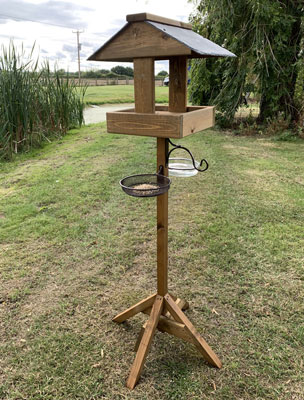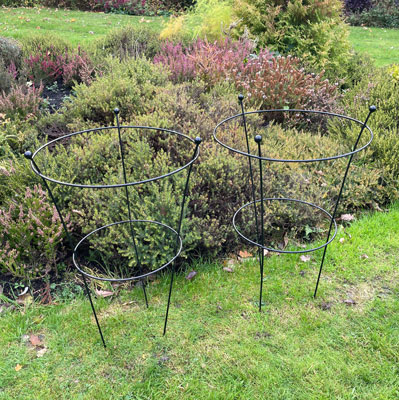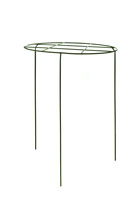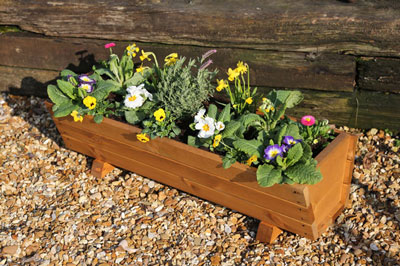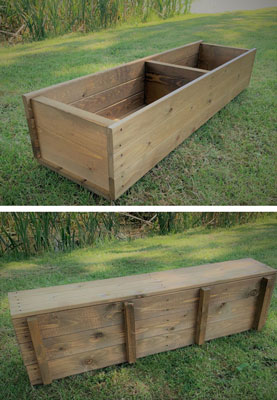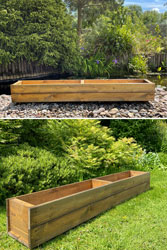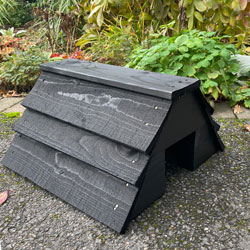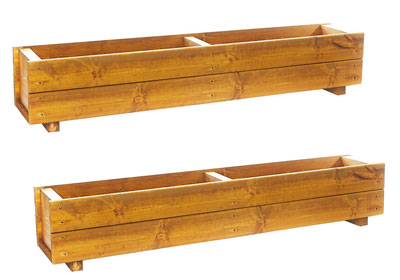Plant Propagation
Perennials Plant Propagation
The easiest way of propagating perennials is to divide an established plant. You will often find that after 3 or 4 years perennials have clumped up and start to have a bare middle. At this point either in October or March dig the plant up and using a spade (or two spades back to back) divide the outer section into a number of plants, usually 3-6. These can then be planted out and will have the vigour of a young plant. If there is a central section of root this is discarded. This process is essential to maintain vigour in some plants such as geums and rhubabarb.
The next easiest propagation method is seed. Allow seeds to fully ripen and then collect them, seal in a labelled packet and place in the freezer (seeds will not germinate until they think the cold winter has passed). They can be sown from February onwards, and will usually require some heat in order to germinate, so a warm windowsill or greenhouse is required. If you intend to do much of this some form of heated propagator may be a worthwhile investment. Note that most perennials raised from seed will not flower in their first year.
The final method to try is softwood cuttings. Cut a non flowering side shoot about 4 inches long and remove a few leaves at the bottom. Make a clean cut just below a node using a sharp knife and dip in rooting hormone if you want. Dibble a hole in your potting medium and insert the cutting, gently firming it in. Some warmth is now very beneficial, warm windowsill, greenhouse etc. Assuming you do the cutting between July and early September, they should be rooted after a couple of weeks, at which point they can be potted up into individual pots and kept in a greenhouse or cold frame until they are planted out in spring.


